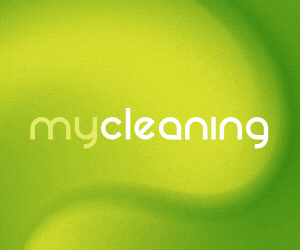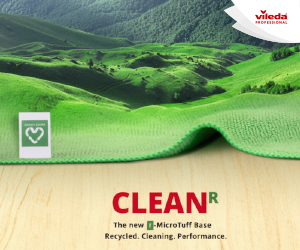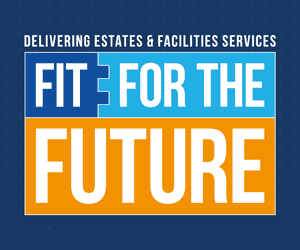Nineteen new Community Diagnostic Centres (CDCs) have been announced, alongside a new Elective Recovery Taskforce to help the NHS to continue to tackle the care backlogs caused by COVID-19, treating more patients and reducing waiting times. The first meeting of the Elective Recovery Taskforce was held at Downing Street yesterday.
The initiative announced by the Health and Social Care Secretary Steve Barclay aims to ensure the health service is able to deliver on the remaining targets set out in the Elective Recovery Plan – to eliminate 18-month waits by April 2023 and waits of longer than a year by March 2025.
CDCs have been part of this strategy for some time; 91 are already up and running around the country, providing quicker access to treatment and life-saving diagnostic tests, checks and scans closer to home. The 19 CDCs just announced bring the total of approved CDCs to 127. The government plans up to 160, which will perform as many as nine million additional tests a year by 2025. There is a further ambition that 40% of diagnoses will take place in CDCs by 2025. New data shows these one-stop-shops have delivered over 2.4 million tests, checks and scans since July 2021. In September, CDCs delivered 11% of all diagnostic activity.
The new CDCs will be located in the heart of communities across the country including football stadiums and shopping centres, with the range of services offered including MRI, CT and x-rays.
The 19 newly-approved CDCs are:
• Peterborough CDC
• West Essex CDC (Bishop’s Stortford), Bishop’s Stortford
• Thurrock CDC, Thurrock Community Hospital, Grays
• Queen Mary’s Roehampton (New Addington), Croydon
• Hinckley CDC, Hinckley & District Hospital Mount Road, Hinckley, Leicestershire
• Sir Robert Peel Community Hospital CDC, Tamworth
• Hull CDC (East Riding Community Hospital), Beverley
• Hull CDC (Askham Bar Community Care Centre), York
• Bradford District and Craven Health and Care Partnership, Bradford
• Calderdale, Kirkless & Wakefield CDC, Huddersfield
• Leeds CDC
• Leeds CDC (Armley Moor Health Centre spoke)
• Leeds CDC (Beeston Village Health Centre spoke)
• Wakefield CDC
• Hull CDC (Selby War Memorial), Selby Hospital
• Hull CDC (Withernsea Community Hospital), Withernsea Hospital
• Bracknell CDC
• Crawley Collaborative, Crawley
• Dorset Health Village, Dorchester
The Elective Recovery Taskforce
This new taskforce, chaired by Health Minister Will Quince, comprises academics and experts from the NHS and independent sector. They will look at sensible steps to utilise all existing capacity to slash waiting lists while ensuring the NHS always remains free at the point of use. This means utilising existing capacity in the independent sector to cut the backlog.
This is nothing new, as the independent sector has been used to bolster NHS capacity and ease pressure at critical times for nearly two decades; the government says the independent sector delivered over 450,000 appointments in October alone, amounting to approximately 6% of NHS care.
Recommendations made by the new taskforce will be put to the government early next year. Its remit includes how to improve communication and collaboration between the NHS and independent sector, clearly setting out what theatres, beds and other settings (such as outpatients) are available in the independent sector, thus maximising use of all additional capacity to support patients.










